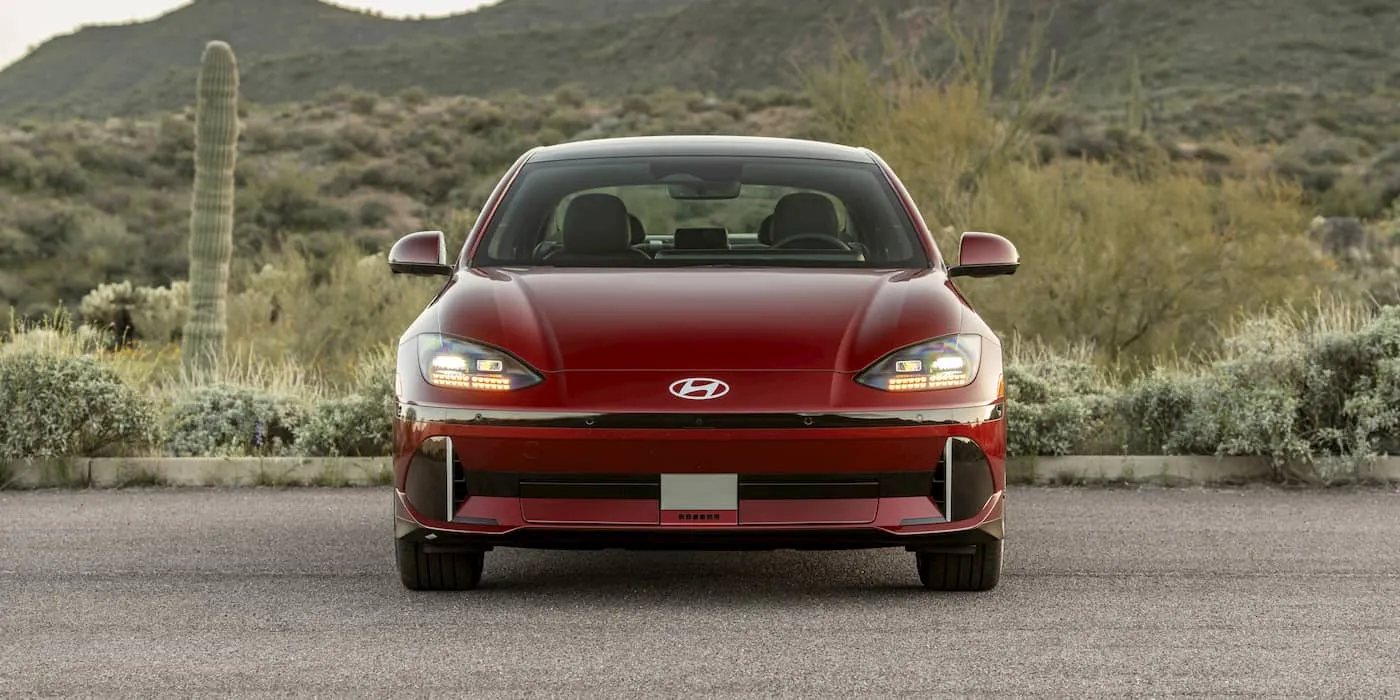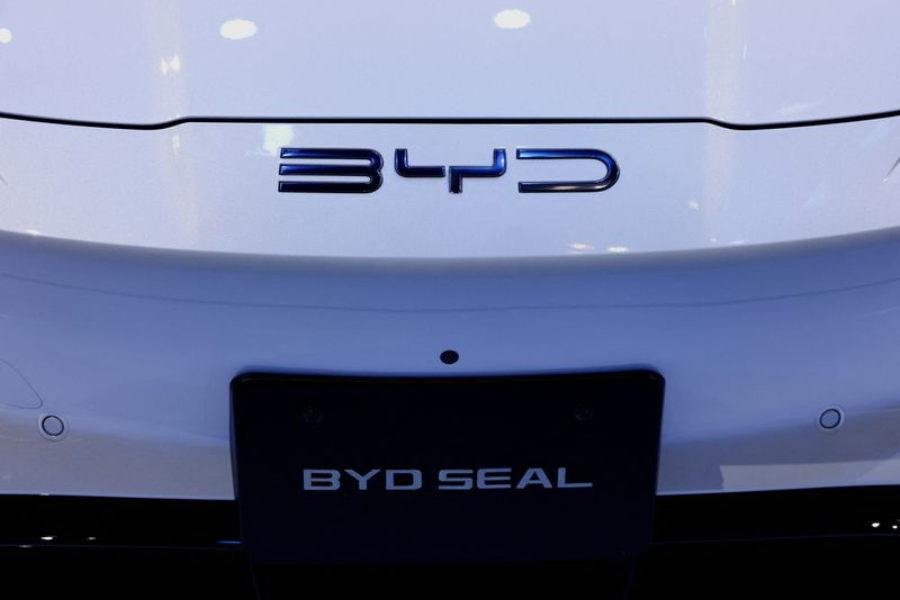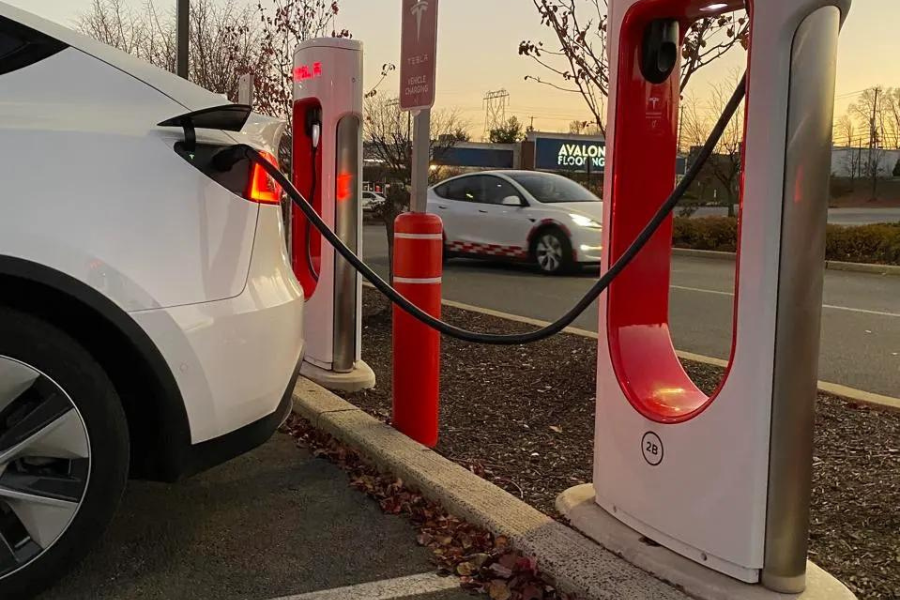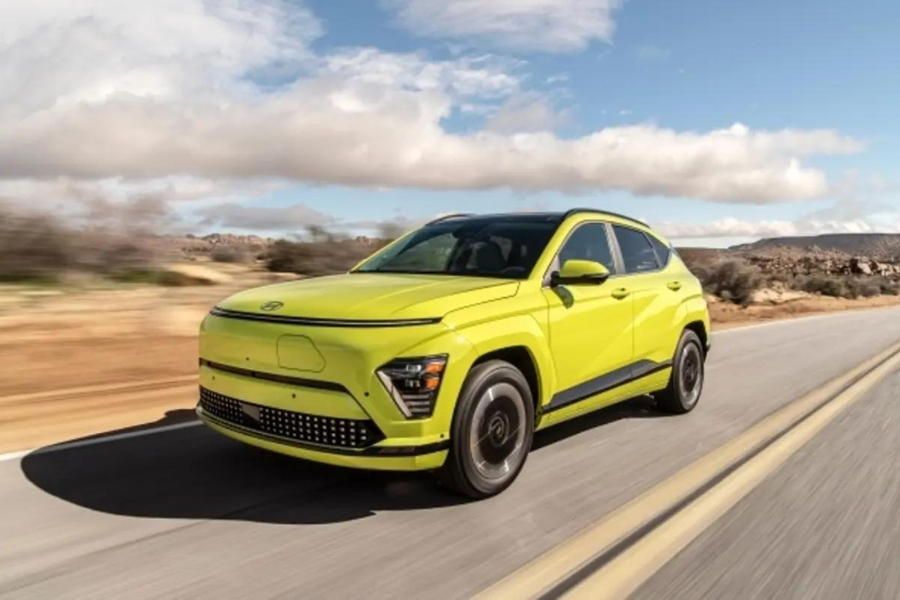As frigid weather blankets the United States, a harsh reality dawns on specific electric vehicle (EV) owners: Cold temperatures can bring their cars to an icy standstill. This issue came sharply into focus recently when Tesla owners in Chicago encountered a troubling situation— their EV batteries succumbed to sub-zero temperatures.
The predicament was exacerbated as Tesla drivers reported difficulties with some charging stations, either finding them non-operational or experiencing prolonged charging times, even when the stations were functional. Frustrated by the circumstances, one Tesla driver, Brandon Welbourne, shared his experience with CBS Chicago, stating, “I’ve been here for over five hours at this point, and I still have not gotten to charge my car. A charge that should take 45 minutes is taking two hours.”
This incident sheds light on the vulnerability of electric vehicles in freezing weather and the potential challenges EV owners and charging infrastructure face during such conditions. It underscores the need for ongoing improvements and innovations in electric vehicle technology to ensure reliable performance across diverse weather scenarios.
Tesla owners run into battery charging trouble in Chicago’s bitter cold
Electric vehicles, commonly referred to as EVs, are recognized for experiencing reduced efficiency in cold weather—an aspect that drew attention from Consumer Reports last year due to concerns about significant variations in the performance of different electric cars in chilly conditions. Simultaneously, the federal government is enticing consumers with a $7,500 federal tax credit, acting as a financial incentive that contributed to a remarkable surge in EV sales, reaching a record 1.2 million vehicles last year.
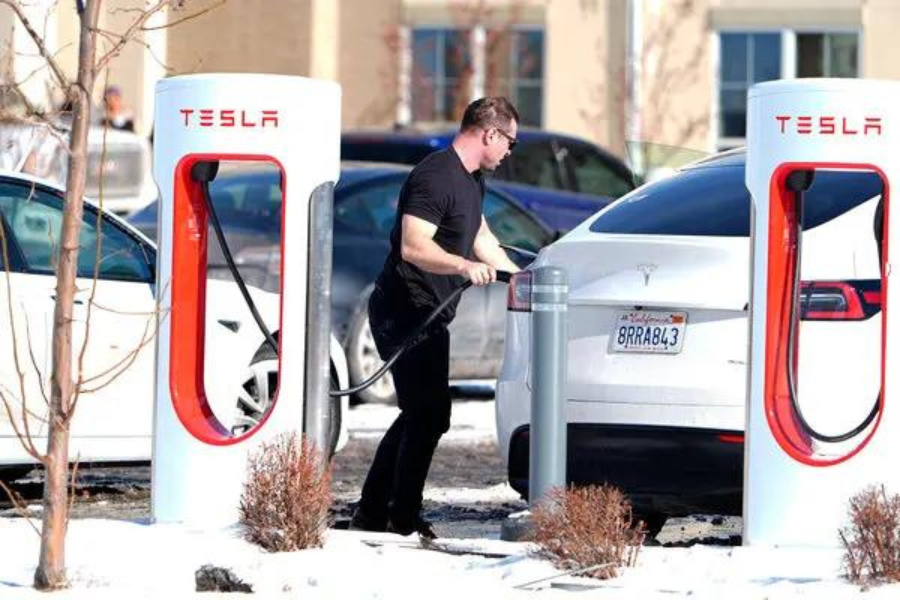
Scott Case, co-founder and CEO of Recurrent, a battery research firm, explained the phenomenon, stating, “EVs definitely lose some of their driving range in extreme cold.” This challenge mirrors issues encountered by other battery-operated devices in cold temperatures. The case drew a parallel example: “If you go skiing with your iPhone, you might notice that the battery will burn through more quickly, so halfway through the day, it might run out of juice, where normally it would last all day.”
Understanding and addressing the impact of cold weather on EV performance is crucial for consumers and the industry, particularly as the popularity of electric vehicles, driven in part by government incentives, continues to grow. As technology advances, efforts are likely to focus on minimizing the impact of temperature extremes on electric vehicle efficiency.
What happens to electric vehicles in cold weather?
Cold weather significantly impacts the efficiency of electric vehicles, as revealed by Recurrent’s research, indicating that temperatures below freezing can reduce the driving range of 18 popular EV models by up to 30%. An electric vehicle, according to Recurrent’s CEO, Scott Casee, with a nominal range of 200 to 215 miles, might only cover 150 to 175 miles in cold conditions; according to Recursion, Case emphasizes that the diminished mileage often remains sufficient for the average driver, as the typical EV user covers around 30 miles per day.
However, the shortened range in cold weather could pose challenges for some owners if their electric vehicle depletes its battery earlier than anticipated. This scenario might lead to a search for available charging stations or, in more severe cases, leave drivers stranded in dangerously cold conditions. Addressing these concerns becomes increasingly important as the adoption of electric vehicles continues to rise, emphasizing the need for improved technologies and infrastructure to enhance the cold-weather performance of EVs.
Why are EVs affected by cold weather?
The challenges faced by electric vehicles in cold weather stem from two main factors, as identified by Recurrent. Firstly, the chemical and physical reactions occurring within an EV’s battery require more time in colder temperatures. The cold weather slows down these processes, resulting in a reduction of power available to the electric vehicle. Secondly, unlike traditional vehicles with internal combustion engines that utilize the motor’s heat for interior warming, EVs lack this mechanism.
Alex Knizek, Manager of Automotive Testing and Insights at Consumer Reports, explained in an email to CBS MoneyWatch, “From a range perspective, EVs tend to do worse in cold weather because of the need to heat the cabin for comfort.” To address this, EVs employ supplemental heaters, often of the resistive type, similar to household space heaters. While some newer EVs offer heat pumps as an option for more efficient heating, they are also impacted when temperatures drop into the single digits or below. These factors contribute to the overall challenge of maintaining optimal electric vehicle performance in cold climates.
Why don’t electric cars charge as well in the cold?
In cold weather, the charging process for electric vehicles (EVs) can be prolonged, and this is attributed in part to the design of most EVs, which aim to raise their battery temperatures when temperatures drop, according to Alex Knizek, Manager of Automotive Testing and Insights at Consumer Reports. Knizek explained that the power required for this purpose is drawn from the battery itself, resulting in a reduction of the vehicle’s range. This, in turn, affects charging speeds, as a cold battery tends to charge more slowly and may require additional time to heat itself before the charging speed can accelerate. The interplay between temperature and charging efficiency highlights another challenge for EVs in cold climates.
How do EV owners in places like Norway and other cold-weather places cope?
Despite cold weather conditions, some drivers in countries and regions with chilly climates remain undeterred, as exemplified by Norway. In this Scandinavian nation, where 8 out of 10 new car purchases are electric vehicles (EVs), it stands out as the country with the swiftest adoption of EVs. Iceland and Sweden follow closely, securing second and third positions in EV adoption, as reported by the World Resources Institute.
Drivers in cold regions, accustomed to winter conditions, have developed strategies for effectively managing their EVs. One common practice involves pre-warming the car’s cabin while still connected to the grid (see tips below). Ståle Frydenlund, test manager for Norway’s electric vehicle association, emphasized that EVs are “quite able to cope with winter if you know what you’re doing.” The challenge lies in educating newcomers about these practices, ensuring a smoother transition to EV usage in cold climates.
This trend in cold climates showcases that, with the right knowledge and habits, electric vehicles can be successfully integrated into daily life, even in regions with challenging weather conditions.
Will cold weather damage an EV’s battery?
“If you are in a cold climate, you are likely to have a battery that holds up over time versus hot climates,” he said. “The thing with very cold weather is it reduces range on an individual trip but doesn’t do anything to a battery in the long term.”
Can EV owners prevent battery issues when it’s cold?
Indeed, there are several tips recommended by Scott Case and Consumer Reports’ Alex Knizek to enhance the performance of electric vehicles (EVs) in cold weather. Both experts suggest warming up your EV’s cabin while it is connected to a charger before you plan to drive it.
Knizek explains, “This means the car will use energy from the grid [charger] to get warm instead of the battery itself.” You can achieve this by using the vehicle’s smartphone app or by setting a departure time within the car’s infotainment screen.
Another valuable tip is to precondition the battery before using a DC fast charger. This can usually be done by pointing your navigation system to a DC fast charger or using a designated button to initiate the process. Knizek notes, “This uses the battery energy to heat itself up to the optimal temp, which allows better fast charging performance. It costs some range to do this, but generally, the payoff is worth it.”
Lastly, to conserve energy, it is recommended to lower the heat in the cabin and drive more slowly. Knizek emphasizes, “Speed and aerodynamics have a huge impact on range, regardless of temperature.” Implementing these strategies can help EV drivers mitigate the impact of cold weather on their vehicle’s performance and range.
What does Tesla say about cold weather?
Tesla did not immediately respond to a request for comment from CBS MoneyWatch, but information on its website provides guidance to owners on handling their vehicles during bitterly cold weather. The advice includes keeping the battery charge level above 20% to ensure optimal performance in low temperatures. Tesla acknowledges that energy consumption may increase in cold weather due to the additional energy required to heat the battery and cabin.
The automaker emphasizes ongoing efforts to enhance the driving experience in freezing temperatures, mentioning various updates aimed at improving overall thermal performance, facilitating quicker Supercharging, and enhancing cabin conditioning. Tesla’s commitment to addressing cold-weather challenges demonstrates the company’s proactive approach to optimizing electric vehicle performance across a range of weather conditions.
Are there other issues with EVs?
Consumer Reports has noted that even in optimal weather conditions, some electric vehicles have fallen as much as 50 miles short of their advertised driving ranges. Additionally, a study conducted by an advocacy and product testing organization revealed that electric vehicles exhibit nearly 80% more mechanical problems and are generally less reliable than their gas-powered counterparts.
Given these findings, the recent issues with Chicago-area Teslas experiencing battery problems during the cold snap are unlikely to sway opinions in favor of electric vehicles, as highlighted by Scott Case. These challenges underscore the importance of ongoing advancements in electric vehicle technology to address issues related to range, reliability, and performance in various weather conditions, contributing to greater consumer confidence in the electric vehicle market.

